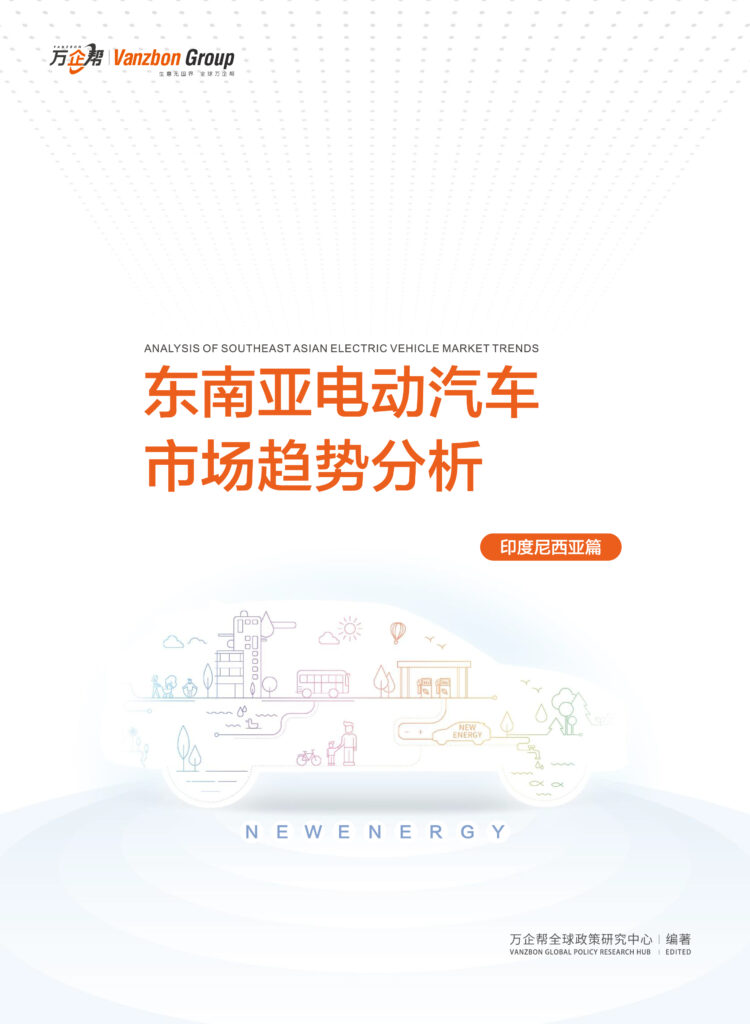The Expanding Foreign Labor Shortage
According to the latest estimates released by the Japan International Cooperation Agency (JICA), Japan will need approximately 6.88 million foreign workers by 2040 to meet the government’s economic growth targets. However, the supply of foreign labor is projected to reach only 5.91 million, leaving a significant shortfall of 970,000 workers. This gap has significantly increased compared to the 2022 estimate, which projected a shortfall of 420,000. With the global competition for talent intensifying, Japan urgently needs to improve its environment for foreign workers and enhance their retention rates to address the looming labor shortage.
The Link Between Economic Growth and Foreign Labor Demand
This projection is based on the “economic growth realization scenario” presented in Japan’s 2019 pension fiscal verification, which aims for an average annual GDP growth of 1.24%. Even with advancements in mechanization and automation, labor demand remains high. The data shows that Japan will need 4.19 million foreign workers by 2030, expanding to 6.88 million by 2040. However, the supply of foreign labor is expected to fall short, with an estimated 5.91 million available by 2040, a decrease from previous forecasts.
Declining Inflows from Asian Countries
A key factor influencing these projections is the expected slowdown in economic growth across Asian countries, leading to a decline in the number of foreign workers coming to Japan. By 2030, it is estimated that foreign workers from Asian nations will number 3.42 million, increasing to 5.91 million by 2040, still far below Japan’s labor demand. The labor shortfall is projected to widen from 770,000 in 2030 to 970,000 by 2040. This shift is largely attributed to the economic deceleration and currency fluctuations in Asian economies.
Intensifying International Competition
In the face of intensifying global competition for talent, Japan must not only attract more foreign workers but also compete with regions such as South Korea and Taiwan, which are similarly grappling with low birth rates and expanding their foreign labor intake. This heightens the competitive landscape for talent mobility. To secure a sufficient foreign workforce, Japan must adopt proactive measures to ensure foreign workers not only come to Japan but also remain employed for the long term.
Challenges and Solutions for Long-Term Retention
Attracting foreign talent is only part of the solution—ensuring that they remain in Japan for extended periods is equally critical. According to the estimates, 62.3% of foreign workers will return to their home countries within three years of arriving in Japan. Increasing the percentage of workers staying for more than three years could help alleviate the labor shortfall.
The Japanese government has recognized this issue and plans to replace the current Technical Intern Training Program with a new “Training and Employment” system by 2027. This new system is designed to provide foreign workers with easier pathways to transition into high-skilled positions, encouraging them to stay in Japan for longer periods. However, the current projections do not account for these policy changes, meaning the talent gap estimates may be subject to revision based on future developments.
The Language Barrier for Foreign Workers
A key challenge in retaining foreign workers is overcoming language barriers. Most foreign workers lack basic proficiency in Japanese, and many small and medium-sized enterprises in Japan do not have the resources to provide language training. Addressing how to offer essential language support to foreign workers has become a critical issue for both the government and businesses.
To this end, Japan must promote collaboration between the public and private sectors, particularly with local governments taking the lead in providing language training opportunities for companies. This would not only help foreign workers better integrate into Japanese society but also provide businesses with a more stable workforce.
Conclusion: Japan’s Four Major Challenges Ahead
Rising Demand for Foreign Workers: By 2040, Japan’s demand for foreign workers is expected to reach 6.88 million, with a projected shortfall of 970,000.
Decreased Talent Supply from Asia: As Asian countries face slower economic growth, fewer workers will migrate to Japan, further exacerbating the labor shortage.
Intensifying Global Talent Competition: Japan must contend with fierce competition from regions like South Korea and Taiwan, making it essential to adopt strategies to attract and retain foreign talent.
Language and Cultural Integration: Improving foreign workers’ Japanese language proficiency and helping them adapt to Japan’s work and social environment will be key priorities moving forward.
If you are planning to expand into the Japanese market or would like to learn more about these developments, please contact our professional advisor Jaycy. We provide comprehensive market analysis, investment advice, and full-scale support for international market expansion. Click the consultation icon on the right side of the website to start your journey into the Japanese market today.








